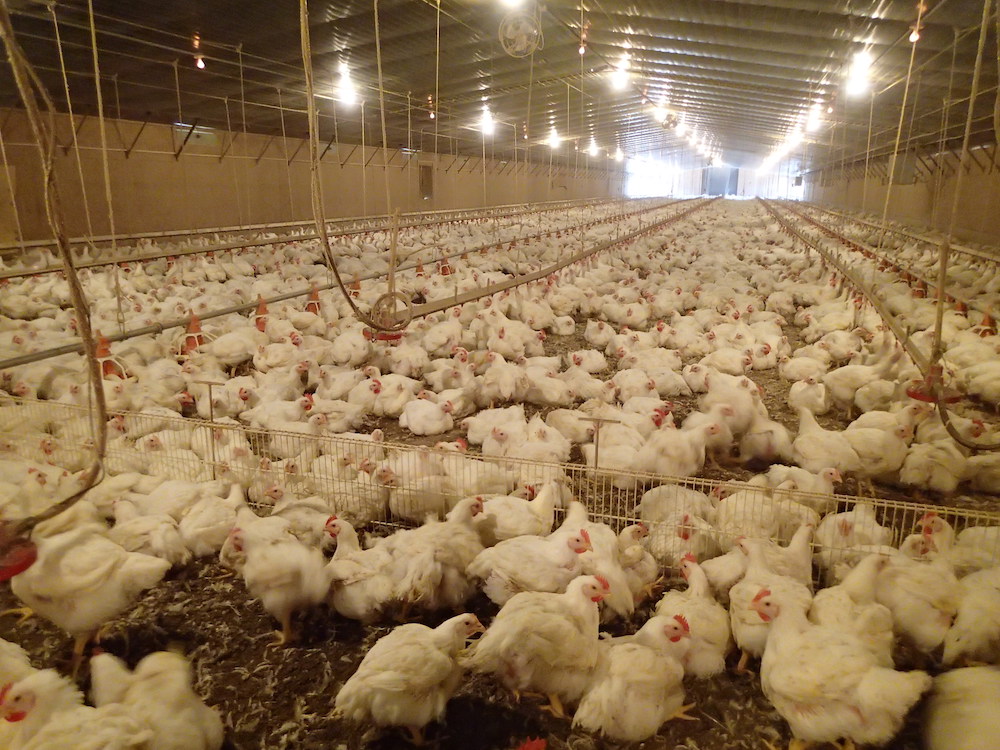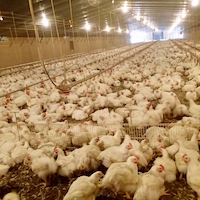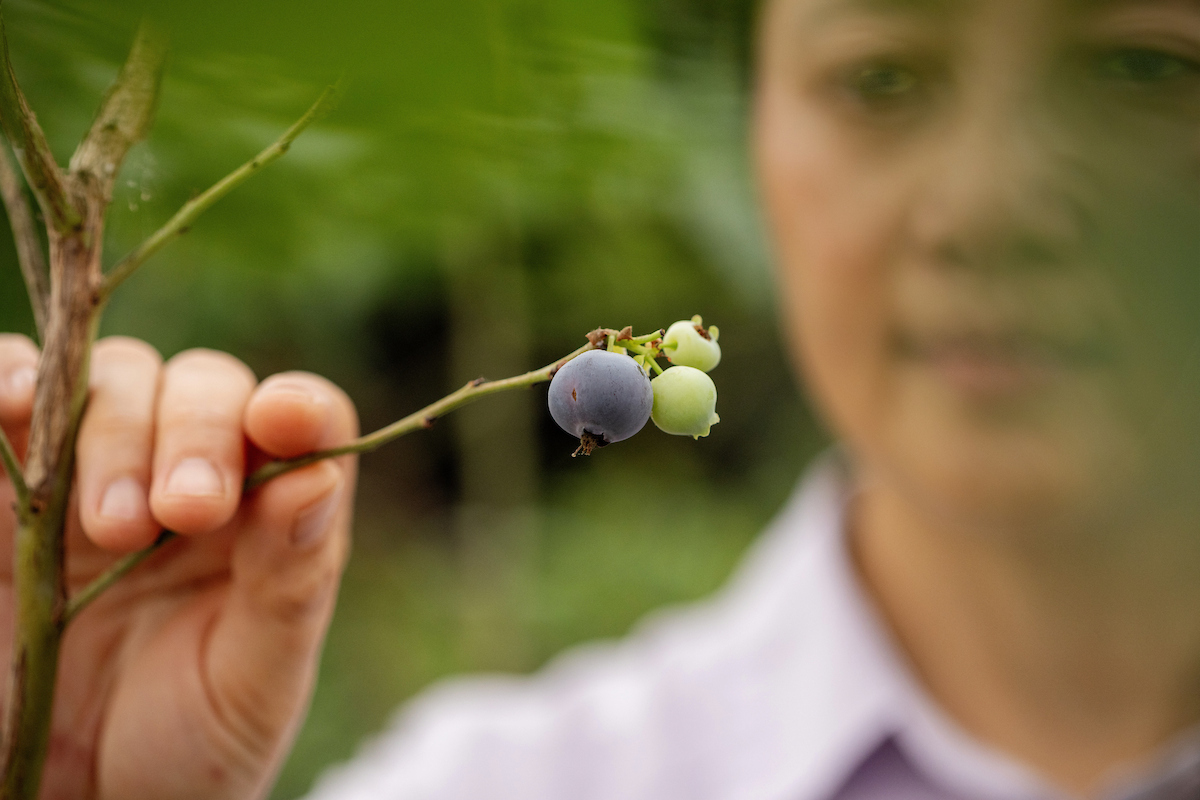This year’s forecasts for peanuts, poultry, pecans, cotton and other Georgia crops were presented by University of Georgia agricultural economist Adam Rabinowitz during the first of five Georgia Ag Forecast events held across the state. Farmers and others in the agricultural industry met at the Georgia Farm Bureau Building in Macon, Georgia.
According to Rabinowitz, Georgia beef and poultry production will increase while most other crops produced in the state will remain steady or decrease. Following is an overview of the 2020 Ag Forecast.
PEANUTS
Demand for Georgia peanuts should remain flat for the fourth year in a row and farmers can expect a price of $400 per ton for the protein-packed crop. Record production in 2017 continues to limit price movement for peanut producers as ending stocks remain high.
PECANS
Georgia pecan production will remain low compared to seasons pre-Hurricane Michael. Production is, however, expected to be slightly higher than the post-hurricane 2018-2019 crop season, as farmers are still recovering. Trade wars continue to suppress exports to China, Vietnam, the Netherlands, the United Kingdom and Hong Kong.
POULTRY
Higher broiler production is expected in 2020. Broiler pricing was mixed in 2019 and profitability was challenged due to lower boneless breast pricing.
COTTON
U.S. cotton acreage and production is expected to decrease in 2020. Uncertainties in the cotton market are expected due to ongoing trade negotiations and the slowing down of the global economy. Farmers are encouraged to consider strategies to improve productivity or cut costs.
BEEF
Growth in the Georgia beef cattle industry is beginning to slow down and 2020 prices are not expected to improve over 2019 prices. Strong consumer demand for beef, both domestic and internationally, should support cattle prices. Feed and forage costs may hamper producer profitability.
PORK
African Swine Flu has devastated pork production in China and Southeast Asia, which creates a strong demand and higher prices for U.S. pork exports. Pork production in the U.S. is expected to grow by 5% in 2020 and producers should see increases in profits despite higher feed prices this year.
DAIRY
Georgia’s dairy cow numbers have declined since 2018 and, as a result, reduced availability of replacement heifers should slow milk production and support a modest price increase in 2020.
CORN, WHEAT AND SOYBEANS
The trend of growing more corn, less wheat and less soybeans will continue in 2020. Corn prices should rise significantly despite export competition. Resolution of trade disputes is expected to produce opportunities for all three crops.
VEGETABLES
Vegetable production will stay strong but consumer prices will be “sluggish and fluctuating.” The growers’ price index will be significantly depressed.
TIMBER
Lumber prices have declined significantly from 2018 but are holding steady at $350 per thousand board feet. Pulp prices in the South have decreased across the board causing several pulp mills to close.
Land values will hold steady in Georgia and may increase on highly productive lands.
Interest rates are expected to be stable. Diesel fuel prices are expected to increase in 2020 due to conflict in the Middle East. Seed prices and machinery costs will increase slightly.
Ag Forecast events were held Jan. 23 at Jaemor Farms in Gainesville, Georgia and Jan. 28 at Toombs County Agri-Center in Lyons, Georgia. The remaining events are set for Jan. 30 at the Decatur County Agricultural Center in Bainbridge, Georgia, and Jan. 31 at the UGA Tifton Campus Conference Center in Tifton, Georgia.
To register for Ag Forecast or view the complete 2020 Ag Forecast report from UGA College of Agricultural and Environmental Sciences researchers, visit agforecast.caes.uga.edu.





.jpg)


